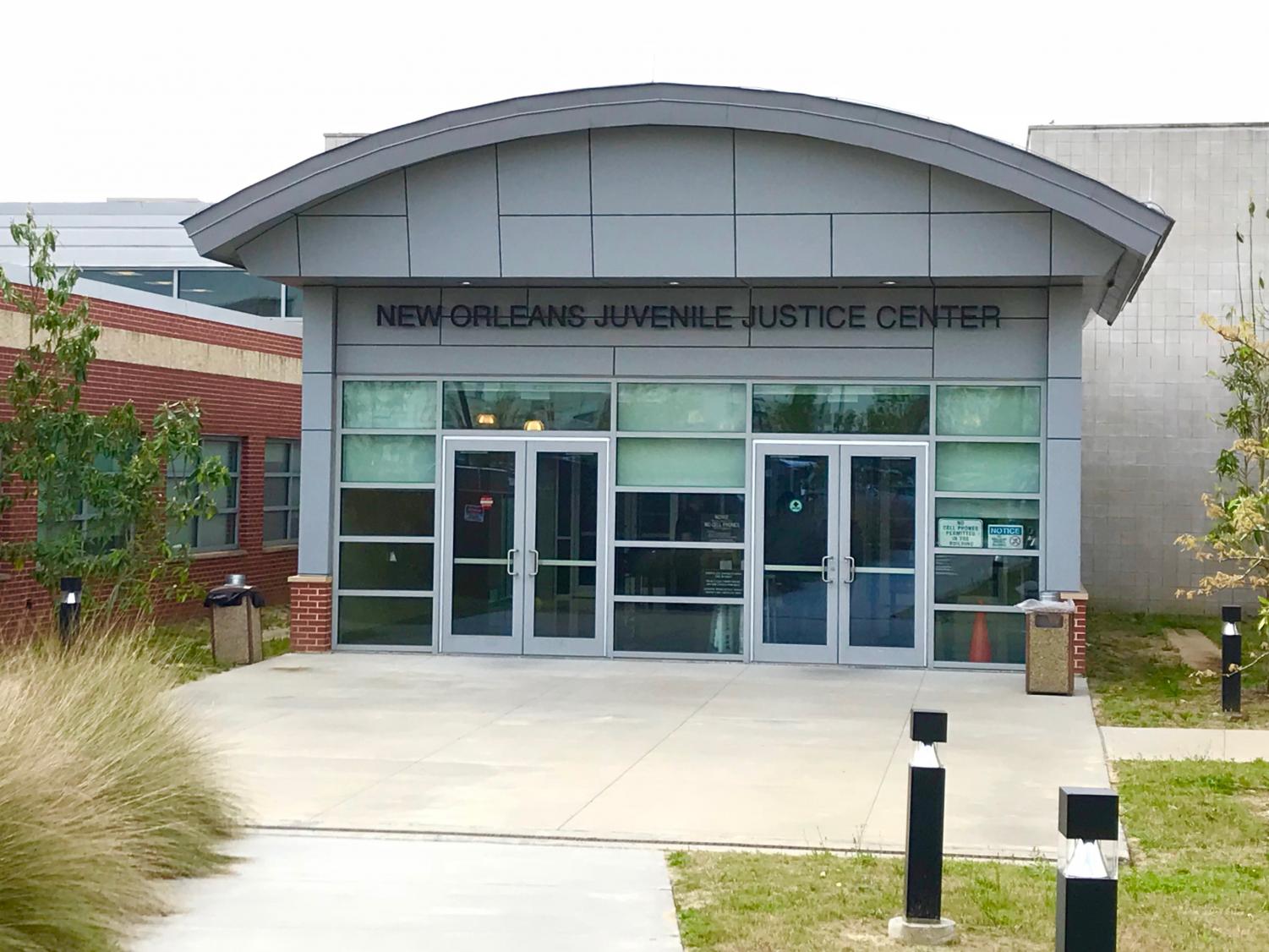Girls Reaching Out Works Wonders Video

Over the past year, we have been constantly reminded of the gross disparities that plague our nation, from an inadequate healthcare system that has been severely strained due to the COVID- 19 pandemic to the spike in awareness about the devastating consequences of racism and discrimination. While we have been increasing the conversations around the criminal justice system, we have failed to address a major cause of the issue: the structure of the juvenile criminal justice system. The current juvenile criminal justice system is based on punitive disciplinary practices, which focuses on punishing the adolescent who committed the criminal act without providing them any assistance on how to improve and learn from their mistakes. By not providing these adolescents with the tools necessary for re- entry into society, they are bound to repeat their previous offense and return to the criminal justice system.
The issues within the juvenile criminal justice system are multifaceted, including how the adolescent’s time in the criminal justice system affects their educational pursuits and brain development. Many of the adolescents within the juvenile criminal justice system are current high school students, but are forced from their academic environments for extended periods of time while they are in the criminal justice system. When they are able to re- enter into their academic environment, they are set back in their academic pursuits and do not have many (if any) resources available to help them return to their original path of graduating high school and possibly pursuing a post- secondary educational institution. On the psychological and developmental side of the juvenile criminal justice system issue, these adolescents are being removed from a structured social environment with people of similar ages and put into an unstructured social environment that may include people of various ages. Some adolescents are placed into the adult criminal justice system and become cognitively and emotionally impaired as a result of their inability to interact with individuals of their same age group. These impairments in their functioning then make it harder for them to learn more appropriate habits to reduce their rates of recidivism.
This issue of the harmful structure of the juvenile criminal justice system is also very apparent in New Orleans. Many of the issues within the criminal justice system stem from a history in which jails were used as a source of labor and a source of subjects that could be used for unsafe clinical trials. These poor conditions led many people to re- enter society with no guidance on how to process the trauma that they endured during their time in the criminal justice system. Oftentimes, the jails included many slaves, runaways, and free blacks, which can be related to the modern demographics of the incarcerated population in New Orleans as being disproportionately young, African American males.
However, since Hurricane Katrina, many steps have been taken to reduce the effect of mass incarceration on the community of New Orleans. For example, a smaller and more centralized jail was built to replace the jail that was destroyed during the storm. Additionally, a pre- trial system was set up to increase the likelihood that people would be able to return to their communities in a timely manner and more awareness was focused on the negative impact of the money bail system. The aforementioned steps were taken to decrease the incarceration population of New Orleans and to restore the health of the community.
Another step that has been taken to decrease the incarceration population of New Orleans is the implementation of intervention- based programs within the juvenile criminal justice system. Intervention- based programs focus on providing the necessary tools for adolescents within the criminal justice system to maintain proper cognitive and emotional growth, as well as resources for those suffering from substance abuse and mental health issues that may be contributing to their behavior. One of the intervention- based programs in New Orleans is called Girls Reaching Out Works Wonders (or G.R.O.W.W. for short) and this program focuses on equipping young women who have been in the criminal justice system with more constructive strategies on how to handle certain situations, as well as providing a support group of other young women who have been in similar situations.
The G.R.O.W.W. program provides many benefits for its participants, including allowing older women to act as mentors to the young women who participate in the program and giving the young women a space where they can open up and be honest without judgement. However, one of the largest issues facing the program is the inconsistency of attendance. When the young women regularly attend the activities provided by G.R.O.W.W., they are more likely to graduate from the program and do so in a timely manner. Graduating from G.R.O.W.W. shows the world that these young women are ready to make a positive impact on their community.
For more information about the G.R.O.W.W. program, visit https://nola.gov/juvenile-court/programs/girls-reaching-out-works-wonders/.
This piece was edited by Evan Price as part of Professor Kelley Crawford’s Digital Civic Engagement course at Tulane University.
 NOLAbeings
Multimedia artist Claire Bangser created NOLAbeings as a portrait-based story project that marries...
NOLAbeings
Multimedia artist Claire Bangser created NOLAbeings as a portrait-based story project that marries...
 Data corner: Adobe Suite (create a PDF, social media graphic, presentation, edit a photo and video
Data corner is where you go to work with analytics and top tech skills. It takes on everything from PERL and SQL to Canva and Sprout Social.
Data corner: Adobe Suite (create a PDF, social media graphic, presentation, edit a photo and video
Data corner is where you go to work with analytics and top tech skills. It takes on everything from PERL and SQL to Canva and Sprout Social.
